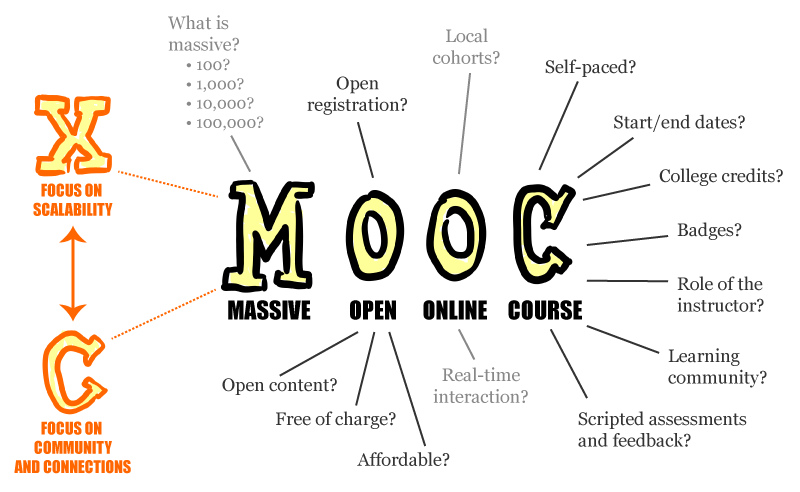Passages from this great article:
http://www.cabinetmagazine.org/issues/10/weeds.php
“Societies without a large complement of domesticated animals appear to have a different relationship with all plants, including weeds. These societies, including many in North America, traditionally practiced smaller-scale agriculture, and hunting or fishing rather than animal husbandry supplemented the plant abundance of cultivated gardens and gathered roots, seeds, and greens. Not likely to allow corn fields to be overgrown with weeds, Native American farmers nevertheless show a certain tolerance for what white neighbors would consider weeds, including a particular species of sunflower (Helianthus exilis) in the Southwest that is welcomed in their fields as sacred. Most descendents of Old World domesticated crop and animal agricultural traditions simply do not cultivate the sacred in this way. “
“As part of the legacy of Old World domestication, weeds come with a Biblical judgment, part of the original judgment of Adam, appropriate for the culture responsible for both the story of Eden and long participation in the cultivation of grains, pigs, goats, cattle, and fowl. Their culture and cultivation would by necessity have familiarized the ancient Hebrews (along with all their neighbors) with weeds as the expected and unwanted companions of their hardest work in the fields. To some extent, this ancient judgment—that weeds are not merely unwanted but bad—survives uninterrupted to this day. People have surprisingly strong words for weeds, and even the Biblical story remained appropriate in a weed identification textbook as recently as 1914. “
“It’s not the plants themselves that are weedy. The ways we cultivate and think about landscapes and cultivation—as divine punishment and reward, for example—guarantee that some of our plant cohabitors will always be seen as weeds. There are no biological qualities that define a weed, only cultural ones. Any plant that reproduces in great quantity, and that can withstand a wide range of climates and forms of cultivation and herbicide application, could possibly be a valuable crop. Value in a tradition is the key to weediness and non-weediness: Can something we know eat it? Are we likely to harvest it in some quantity for some familiar purpose? Is there a market for it? One enterprising weed inspector in Minnesota made a little extra cash selling (organic) dandelion greens and burdock root to the local food co-ops. But generally weeds don’t sell. They are exactly what can’t be bought and sold, what’s taking up space and refuses to leave, or die. “
“It’s easy to see how people could sometimes end up rooting for the weeds. What they value lies in some opposition to the status quo, an ordering of nature and society or even the sacred landscape that leaves too much out. Sculptor Tony Matelli in part celebrated this side of weeds recently in his installations of weedy plant groups in gallery floors in a show titled “Abandon,” which also acknowledged weeds as a sign of some failure. The two go together. Abandonment will always carry with it both the promise of new forms of attention and care, and the recognition of a failure of some kind, something “let go,” a judgment. “
“Weeds—as weeds—are not beautiful, just a return to disorder whose potential is both vast and untested. Weeds are the fulcrum of a change, from one order to another, whether you can complete the change successfully or not. “
“Sometimes, just the promise of change is enough. Weeds can remind people of the tantalizing possibilities of abandonment, what might come after, what life might be like.”
“To merely find weeds visually interesting, even “beautiful,” or to rub them on our minor wounds or learn how to eat them again (like fancy chefs do from time to time) is to miss a point, like saying a fire-breathing dragon can make a good welding torch. Whatever use a plant may have, a weed has an epic quality, taking on something of the significance of Biblical tares polluting the wheat, the thistles Adam and Eve hacked through on their way out of Eden. Any plant might be domesticated, but not a weed—not weediness itself. That’s permanent, a kind of backhanded gift of Old World agriculture. That’s where Daniel’s stubborn politics come from, the disorderly lens through which Carney pulled prairie out of farmland, the place Pyle looks to for the connections between broken promises and broken landscapes, where Bragg coyly salutes a rowdy southern identity, or where I looked at the end of one life for the beginning of another. As long as we have weeds, there will be characters to assault our best efforts and provide the seeds for new efforts always.”




























